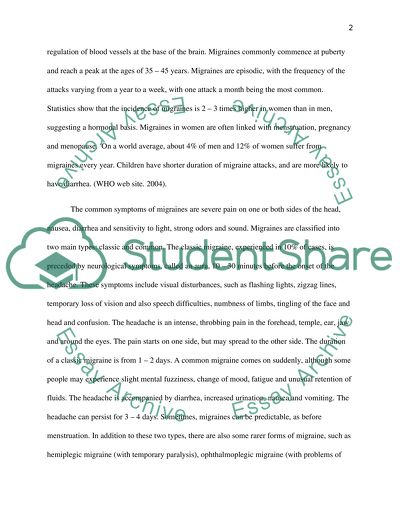Cite this document
(“Migraine Headaches Article Example | Topics and Well Written Essays - 1000 words”, n.d.)
Retrieved from https://studentshare.org/health-sciences-medicine/1505186-migraine-headaches
Retrieved from https://studentshare.org/health-sciences-medicine/1505186-migraine-headaches
(Migraine Headaches Article Example | Topics and Well Written Essays - 1000 Words)
https://studentshare.org/health-sciences-medicine/1505186-migraine-headaches.
https://studentshare.org/health-sciences-medicine/1505186-migraine-headaches.
“Migraine Headaches Article Example | Topics and Well Written Essays - 1000 Words”, n.d. https://studentshare.org/health-sciences-medicine/1505186-migraine-headaches.


